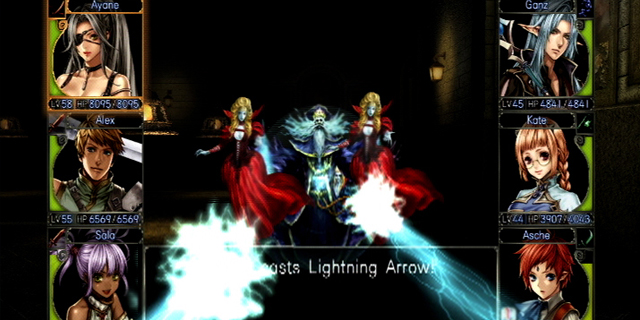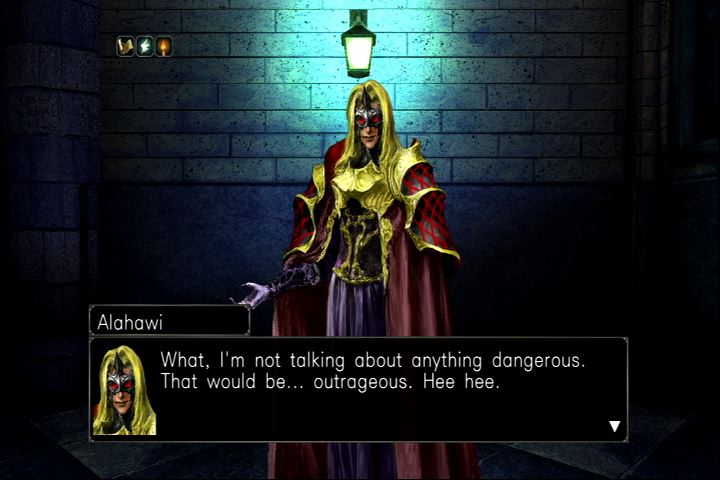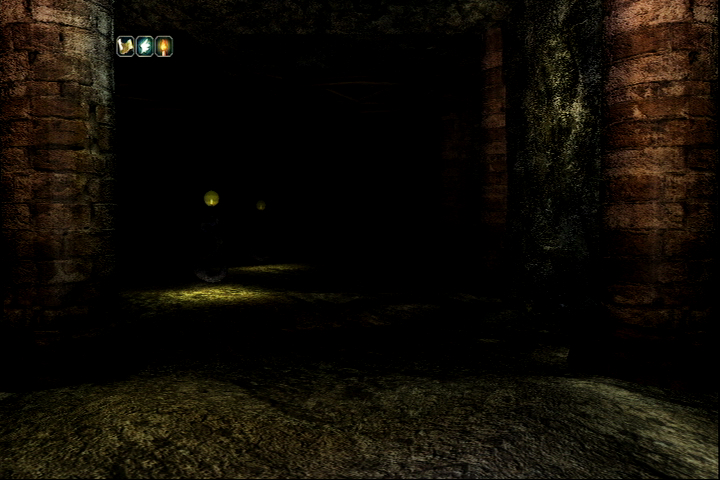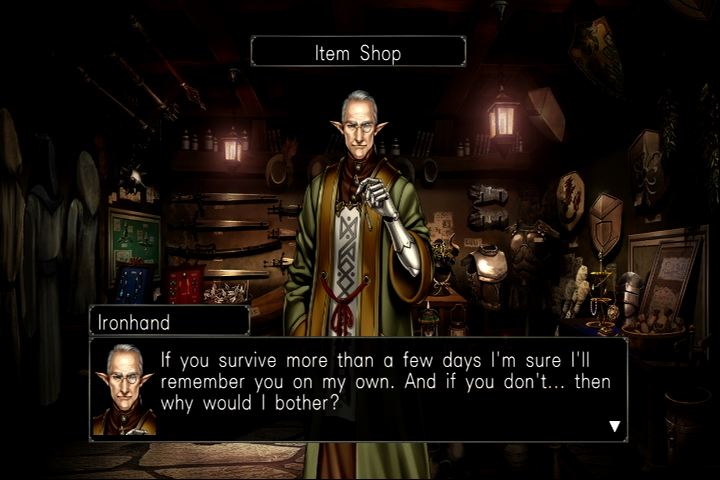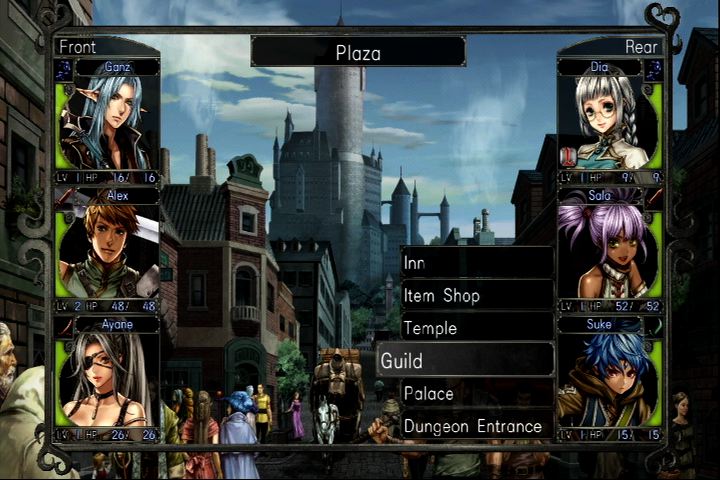“Welcome to the Wizardry Renaissance!” The Wizardry series, missing in action in the U.S. since 2001’s Wizardry 8 and Wizardry: Tale of the Forsaken Land, has always been a fan favorite for the old school RPG fans in the west since its inception in 1981. While Sir-Tech, the original developer behind the Wizardry series, has long since closed its doors, the series has lived on in Japan in the hands of multiple developers and fans keeping the series alive. Wizardry: Labyrinth of Lost Souls is a fine entry in the series, and serves as both a refresher for the old-time fan and a good introduction for newcomers to the series and the dungeon crawler genre.
Character creation is one of the key features for every Wizardry game. While the game comes with a few pre-made party members, you’re expected to tailor every member of your party to your play style and needs. There are five races to choose from, each with their own specialized stat growths, and eight jobs to specialize in, though you’re able to swap between jobs at any point provided that you have the stats required to do so. Don’t expect much visual variety though, as there’s only one character portrait per race per gender, with the portraits for the main characters in each “story” being a recolor of the generic ones you create. The ability to individualize each portrait would have served better, as it can be a little confusing to have multiple characters of the same race and gender have identical portraits, even with different jobs.
You cannot come into this game expecting any sense of plot or story. There is some exposition at the beginning to give your main character some motivation, and some more plot at the end that’s universal for every character, but that’s it. The main draw lies in mapping out each floor of the game’s two dungeons (which is done automatically provided you have a map for that area of the dungeon), as well as building up your characters to survive the new enemies each floor provides. Looting is your primary source for equipment. While there is an item shop, it will pretty much provide you with some equipment to start with and nothing more.
Combat is traditionally turn-based, with a focus on character placement and weapon range. Enemies often appear in massive numbers and in rows, disabling you from hitting enemies in the front rows without taking those out first. Weapon ranges vary from short, which only hit the range in front of the character (daggers, short swords), Medium (Claymores, Maces, Katana) to 2xLong which can hit every enemy regardless of placement. There are only two types of magic, one offensive and one supportive, as well as a plethora of utility spells to ease navigation while inside a dungeon. Visually, combat looks akin to the older Dragon Quest titles, where only enemies are seen from a frontal perspective and attacks flash on the screen whether it’s you hitting enemies or enemies attacking your party. Dungeons are creepy-looking and dimly lit, with traps at every corner waiting to deliver quick death to your party.
If there’s one thing that the game seems to suffer from though, it’s general lack of content. For a game that focuses on item looting, the entire list of items in the game feels particularly lacking, and there are some rather jarring gaps in equipment strength where you can find yourself with a terrible sword one moment, and have a game-breaking weapon the next. Melee weapons are limited to swords, daggers and blunt weaponry like hammers and maces, which is curious when seeing that both portraits for male and female dwarves appear carrying axes. Thieves get the shortest end of the stick, as they get virtually no new equipment until really late in the game. Dungeons also suffer from this, as there are large spots in floors where there is absolutely nothing to be found, just long spaces of empty hallways and rooms. There’s enough to keep the player invested, but if the drops aren’t kind, one could go long periods of time without getting better equipment.
Ultimately, this entry in the Wizardry series might seem like a complete skewing of every modern RPG standard set in recent years. The game can be brutal and difficult, though a lot of the challenge can be vastly reduced by proper party optimization and dumping hours into developing your party. It can be a long, arduous experience if you aren’t someone that’s pleased by seeing numbers go up and slow character progression, or need instant gratification. If you don’t mind taking a trip down memory lane with Wizardry: Labyrinth of Lost Souls, it is an excellent little gem. There aren’t enough dungeon crawlers being made these days as it is!



